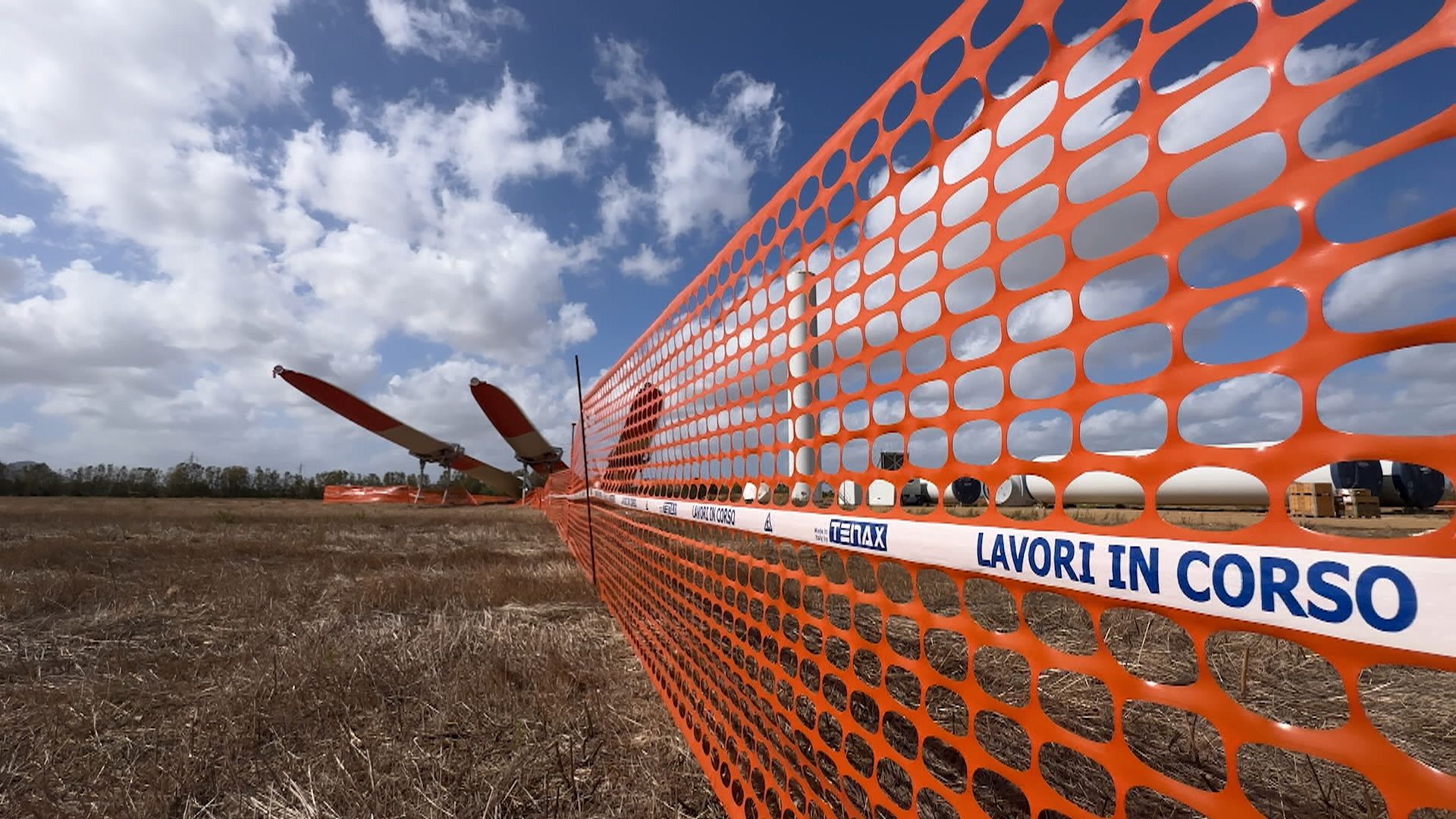Introduction
The Italian island of Sardinia is at the forefront of Europe’s energy transition journey. Known for its strong winds and sunny days, Sardinia is seen as a prime location for generating renewable energy. However, the local population is concerned about the lack of proper planning and oversight, fearing their home could become a chaotic landscape for renewable projects.
Sardinia’s Renewable Energy Boom
Italy has ambitious goals to help the European Union become carbon-neutral by 2050. By 2030, Italy aims to add 80 gigawatts (GW) of green energy capacity, with Sardinia expected to contribute at least 6.2 GW. However, requests for developing renewable energy projects on the island have surged to over 56 GW, driven by a three-year delay in national legislation that identifies suitable areas for such projects.
Public Concerns and Protests
The sudden influx of project proposals has sparked outrage among Sardinia’s residents. Locals have taken to the streets, demanding clear regulations to manage this energy transition effectively. Giancarlo Ballisai, co-founder of the Nuraxi Figus residents’ committee, expressed the community’s main concerns: “We demand that the rights of residents and landowners are respected, and that there are economic benefits.”
Governmental Actions and Reactions
The issue has escalated into a political battle between the Italian national government and Sardinia’s regional government. Rome has encouraged the construction of wind farms by offering incentives, viewing renewable energy as “strategic” for the country’s future. This approach has often put wind farms and photovoltaic plants ahead of preserving the landscape.
In response, the Sardinian regional authorities have imposed an 18-month moratorium on new requests. Alessandra Todde, President of the Autonomous Region of Sardinia, explained, “We have set the task of stemming this mass of authorizations with a suspension meant to buy time, to construct a regional law for suitable areas.”
Plans for Sustainable Growth
President Todde intends to use this moratorium wisely. Her plan includes creating a regional energy strategy and launching a local energy company. “We have an opportunity as we can produce electricity, and the producers can set the prices. Sardinia has the potential to play an active role, rather than merely facilitating the energy management for third parties,” she said.
Offshore Projects and National Oversight
While the regional government addresses onshore projects, the Sardinian sea is also attracting interest from multinational companies. The oversight of offshore wind installations falls under the national government, which lacks a comprehensive maritime plan. As a result, projects are being evaluated without clear guidelines on the location and installation methods.
Challenges and Opportunities
The absence of well-defined policies and regulations poses significant challenges, but it also offers Sardinia an unprecedented opportunity to shape its future. With a balanced approach, Sardinia could become a leader in renewable energy while safeguarding the rights and interests of its residents.
Conclusion
Sardinia stands at a crucial crossroads. As Europe marches towards a carbon-neutral future, the island has the resources to make a significant contribution. However, careful planning, regulatory transparency, and community involvement are critical to ensuring that the energy transition benefits everyone. The moratorium and subsequent regional energy plan are essential steps in navigating this complex landscape.
